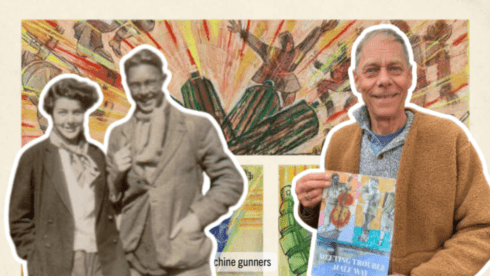IMMIGRATION and colonisation may be dirty words these days but Spain has foreigners to thank for much of its national patrimony.
Over thousands of years, the Iberian Peninsula has been occupied by multiple civilisations, from Phoenicians and Romans to Visigoths and Moors. Each has left a rich legacy we all inherit.
We’re not just talking about culture either. Gold, silver, jewels, pieces of eight, archaeological and human remains are all part of the booty.
Join us on our nationwide tour of the county’s most glittering prizes and don’t miss the Buried Treasure section of items known to exist but still unrecovered. You could be lucky and hit the jackpot for yourself!
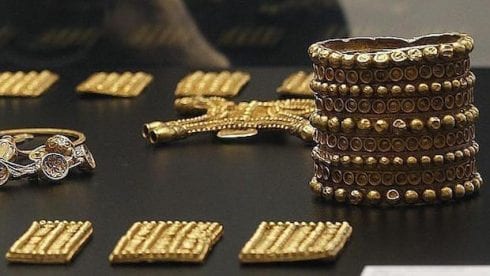
Treasure of El Carambolo
A haul containing 21 pieces of crafted gold jewellery and plaques was discovered by Spanish construction workers in the town of Camas, near Sevilla, in 1958. Whether of Tartessian or Phoenician origin, the booty – including pendants, bracelets and necklaces hidden in a ceramic vessel – has been dated from between the 7th and 5th centuries BC, making it one of the oldest treasure finds in Spain. Some experts even link it to the legend of the Lost City of Atlantis.
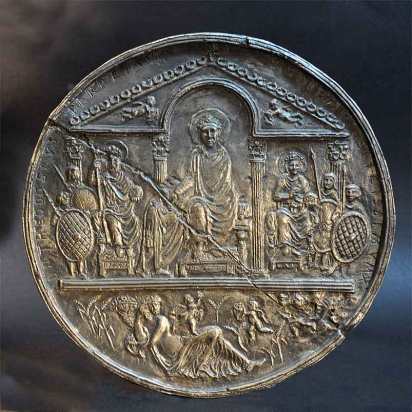
The Missorium of Theodosius I
Discovered in Almendralejo, Badajoz in 1847, this elaborate ceremonial silver dish resides today in Madrid’s Royal Academy of History. Dated between 388 and 393 AD, it was probably made in Constantinople for the 10th anniversary of Emperor Theodosius I’s coronation, the last Emperor to rule both Eastern and Western Empires.
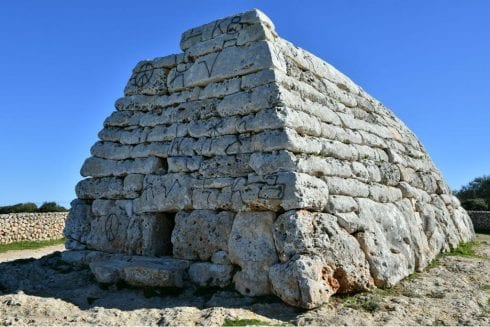
Naveta d’Es Tudons
Menorca is the place where the oldest tomb in Europe dwells. Resembling a dry stone wall pyramid, it was built circa 1200 and 750 BC. It is presumed to be a collective grave as it contained the remains of at least 100 skeletons, along with bracelets and ceramic and bone buttons on display at the Museu de Menorca in Mahón.
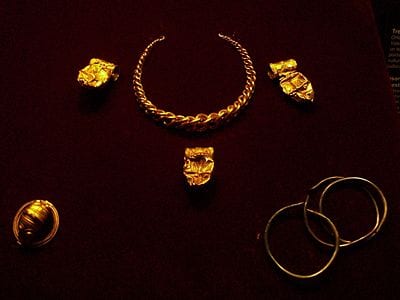
The Hoard of Cheste
This haul of gold jewellery and silver coins secreted inside two ceramic pots is one of the most important discoveries in Valencia. The collection was found in 1864 in the town of Cheste and can be seen at the city’s History Museum. Experts believe the hoard may have been hidden during the Second Punic War and date it from around 4BC.
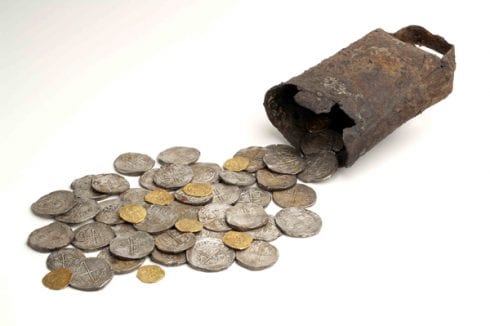
Treasure of Gazteluberri
In 1960 an old cowbell discovered in the mountains of Gazteluberri in Navarre yielded up its long-kept secret. Hidden inside it were 52 coins made of gold, silver and iron. They represented various monarchs – Juana I, Felipe II and Carlos V – indicating they date from different periods of the 16th century. How they got there remains a tantalising mystery.

Treasure of Villena
This is the second biggest hoard of gold from the European Bronze Age after the Royal Tombs of Mycenae. It consists of 59 gold, silver and iron objects with a total weight of nearly 10kgs. The iron pieces are the oldest found in Spain. The collection was discovered in the Valencian city of Villena in 1963. Copies of the priceless originals were made for a touring exhibition which has visited Madrid, Alicante, Tokyo and Kyoto.
The law of Treasure Trove
Is finders keepers in Spain? There’s no simple answer. It depends what it is and where it was found. According to Articles 351 and 614 of the Civil Code, treasure trove belongs to the owner of the land where it was found. If someone else discovers it, they have a right to half its value even if the landowner is the State. But if the treasure is ‘of interest to science and the arts’ the State can acquire it for ‘its fair price’ which opens a whole new can of worms. For the kind of treasures we’re talking about, the State would almost certainly step in and buy it to retain complete control.
Buried Treasure: Get out your diving gear and metal detectors – these next treasures have yet to be claimed
The Rande Galleons
During the War of the Spanish Succession (1701-1713) 19 Spanish ships guarded by 23 French ships sailed into the Vigo estuary in Galicia carrying 108 million silver and gold coins destined to fund Felipe V’s side of the argument. But Anglo-Dutch pirates attacked them and, after a gruelling battle, made off with 40 million. The rest of the booty still lies in its watery grave waiting to be recovered.
II Republic’s Gold
More recently, during the 2nd Spanish Republic (1931 – 1936), Governor Juan Negrin arranged for truckloads of gold and art treasures to be moved from the Spanish Central Bank to Girona, to protect it from fascists, also sending seven trucks to France. Only six arrived at their destination. The missing truck could contain 10 tons of gold but it has never been found.



